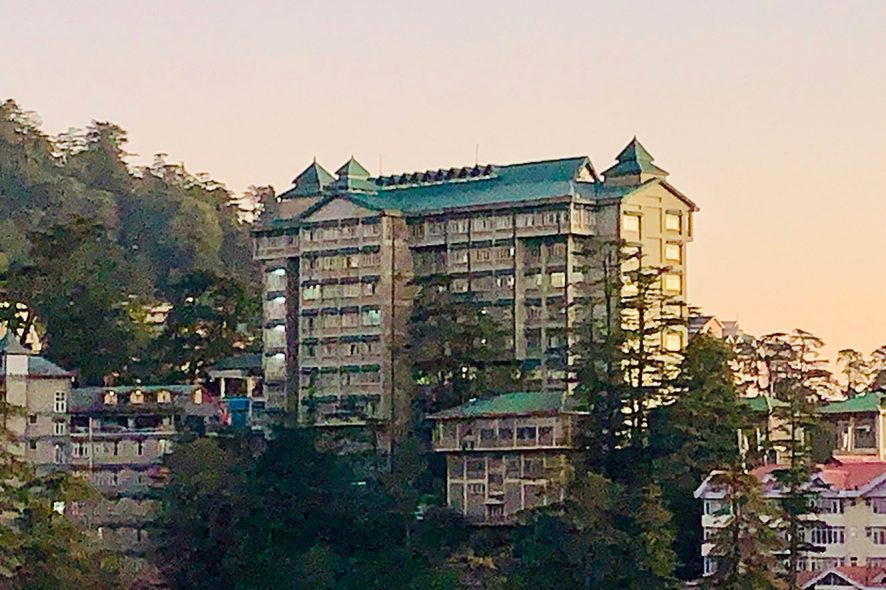Himachal Pradesh High Court: Vivek Thakur J. allowed the appeal and compensated the appellants because of false denial on thepart of respondents regarding compromise deed.
The facts of the case are such that the Bus Stand Hamirpur is adjacent to the house of the appellants and is separated by brick wall over a retaining wall and on 30.3.2017 at about 8 AM his scooty was parked in his courtyard adjacent to retaining wall whereupon brick wall of Bus Stand was existing and at that time when respondent 2 was parking his bus towards petrol pump of HRTC located at Bus Stand Hamirpur, the bus had hit the wall and with its impact wall collapsed and debris had fallen on scooty of appellant. The incident was informed to the police wherein respondent 2 entered into a compromise and a compromise deed was reduced into writing which was signed by respondent 2 and appellant and also by witnesses and therefore, report with police was not recorded formally. Later, a claim petition for recovery of damages was filed which was dismissed. Aggrieved by the said dismissal order instant appeal was filed for re-evaluation of evidence and witnesses.
Counsels for the respondents have denied the occurrence as well as causing of damage to scooty and compromise in the matter by respondent 2 was also denied.
The Court observed that denial of execution of a document is one thing, whereas, objection with respect to admissibility or mode of proof is another thing. Even where execution of a document has been denied, a party has a right to raise objection with respect to admissibility as well as mode of proof at the time of its production and exhibition.
The Court observed that in the present case, at the time of accepting the documents i.e. compromise no objection with respect to admissibility of these documents and mode of proof was raised. Therefore, these documents are to be considered to have been placed on record in accordance with law and are to be admitted in evidence. However, genuineness, correctness of contents and relevancy thereof may be determined by Court by taking into consideration the contents thereof or other material on record
The Court relied on judgment P.C. Thomas v. P.M. Ismail, AIR 2010 SC 905 and observed that once a document has been admitted in evidence and marked as an exhibit, the objection that it should not have been admitted in evidence or that mode adopted for proving the documents is irregular, cannot be allowed to be raised at any stage subsequent to marking of document as exhibit.
The Court thus held “all grounds in reference regarding damage probability caused to scooty and compromise arrived at between appellant and respondent No.2 has been established on record. However, evidence to quantify the damage for which appellant is entitled has not been established by leading cogent and reliable evidence.”
In view of the above, appeal was partly allowed.
[Sahil Kumar v. HRTC, 2021 SCC OnLine HP 4568, decided on 13-05-2021]
Arunima Bose, Editorial Assistant has put this report together
Counsel for appellants: Mr. P.M. Negi,
Counsel for respondents: Mr. Vikas Rajput and Mr. Arun Raj






